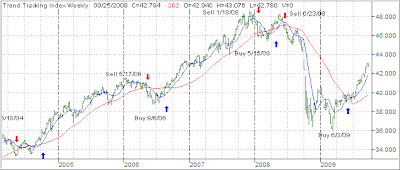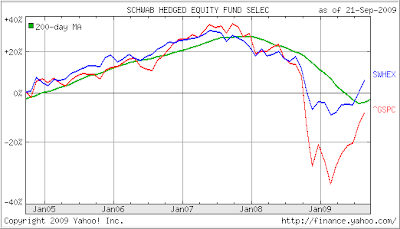 At first, I couldn’t believe it. But as more calls and emails came in over the past few months, a pattern seemed to emerge. Apparently, there really was some truth to it.
At first, I couldn’t believe it. But as more calls and emails came in over the past few months, a pattern seemed to emerge. Apparently, there really was some truth to it.
What am I talking about? I am referring to many investors’ disenchantment (too nice a word, really) with their brokers who kept them in the market during last year’s meltdown.
Phrases like “XYZ Company lost me so much money” are common. Anger still seems to run high and upon my question “why did you not tell your broker to sell” I have been getting this most stunning answer “they refused to sell my positions.”
What?
These are not isolated comments but have come from dozens of readers and new clients, who had conversations with their advisors/brokers during various times of the 2008 crash and reported that they were refused to have their holdings liquidated.
To me, that’s an absolute shocker and underscores the total arrogance so pervasive in the financial services industry along with total disregard for a client’s wishes. That begs the question “whose money is it anyway?”
It seems to be a conveniently forgotten fact that the client owns the money and as advisors we’re here to serve him and act in his best interest. If a client wishes to temporarily go with his gut and against the convoluted asset allocation scheme, because he can’t stand losing any more money, should we not oblige?
Of course we should; a client’s comfort level with whatever an advisor/broker does should be priority one, and not adherence to an outdated model that does not take into consideration any bear market scenarios.
Having had this discussion with a new client, I was informed that he had to sign a statement when using Fidelity’s management services that would not allow him to place any trades himself. In other words, he was stuck with the advisor’s allocation plan until the agreement was cancelled.
I find this unacceptable. If you are the owner of an investment account, you should always have the right to supersede the advisor’s authority and be able to place trades. If you have a good relationship with your advisor, and are in agreement with his approach, there is not need to use that right, but you should always have it. At least that’s how it’s done in my advisor practice.
Lack of respect for a client’s wishes seems to be a common denominator in the financial services industry, especially when large commissions are at stake. While earning commissions is an honorable way to make a living in most industries, it has failed miserably in the financial arena. The prevailing thought with many (not all) commissioned brokers is how to generate sales at all costs, and not what might be in the best interest of a client.
The old adage that “(commissioned) brokers are like pigs at a trough; the pigs may change, but the food is always the same” still holds true today.







